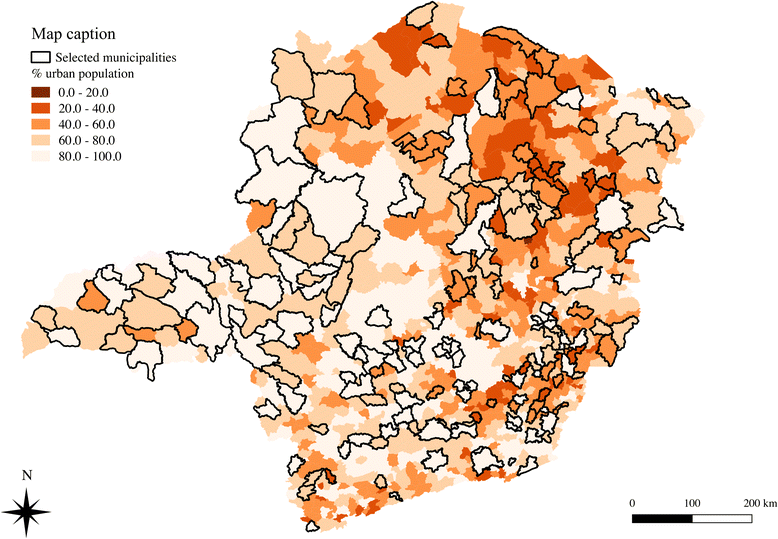Family health strategy and equity in prenatal care: a population based cross-sectional study in Minas Gerais, Brazil
- PMID: 28109194
- PMCID: PMC5251278
- DOI: 10.1186/s12939-016-0503-9
Family health strategy and equity in prenatal care: a population based cross-sectional study in Minas Gerais, Brazil
Abstract
Background: Prenatal care coverage is still not universal or adequately provided in many low and middle income countries. One of the main barriers regards the presence of socioeconomic inequalities in prenatal care utilization. In Brazil, prenatal care is supplied for the entire population at the community level as part of the Family Health Strategy (FHS), which is the main source of primary care provided by the public health system. Brazil has some of the greatest income inequalities in the world, and little research has been conducted to investigate prenatal care utilization of FHS across socioeconomic groups. This paper addresses this gap investigating the socioeconomic and regional differences in the utilization of prenatal care supplied by the FHS in the state of Minas Gerais, Brazil.
Methods: Data comes from a probabilistic household survey carried out in 2012 representative of the population living in urban areas in the state of Minas Gerais. The sample size comprises 1,420 women aged between 13 and 45 years old who had completed a pregnancy with a live born in the last five years prior to the survey. The outcome variables are received prenatal care, number of antenatal visits, late prenatal care, antenatal tests, tetanus immunization and low birthweight. A descriptive analysis and logistic models were estimated for the outcome variables.
Results: The coverage of prenatal care is almost universal in catchment urban areas of FHT of Minas Gerais state including both antenatal visits and diagnostic procedures. Due to this high level of coverage, socioeconomic inequalities were not observed. FHS supplied care for around 80% of the women without private insurance and 90% for women belonging to lower socioeconomic classes. Women belonging to lower socioeconomic classes were at least five times more likely to receive antenatal visits and any of the antenatal tests by the FHS compared to those belonging to the highest classes. Moreover, FHS was effective in reducing low birthweight. Women who had prenatal care through FHS were 40% less likely to have a child with low birthweight.
Conclusion: This paper presents strong evidence that FHS promotes equity in antenatal care in Minas Gerais, Brazil.
Keywords: Antenatal care; Brazil; Family health strategy; Health equity; Prenatal care; Primary health care.
Figures
References
-
- Calderon IMP, Cecatti JG, Vega CEP. Intervenções benéficas no pré-natal para prevenção da mortalidade materna. Rev Bras Ginecol Obstet. 2006;28:310–5. doi: 10.1590/S0100-29452006000200035. - DOI
MeSH terms
LinkOut - more resources
Full Text Sources
Other Literature Sources
Medical
Miscellaneous


